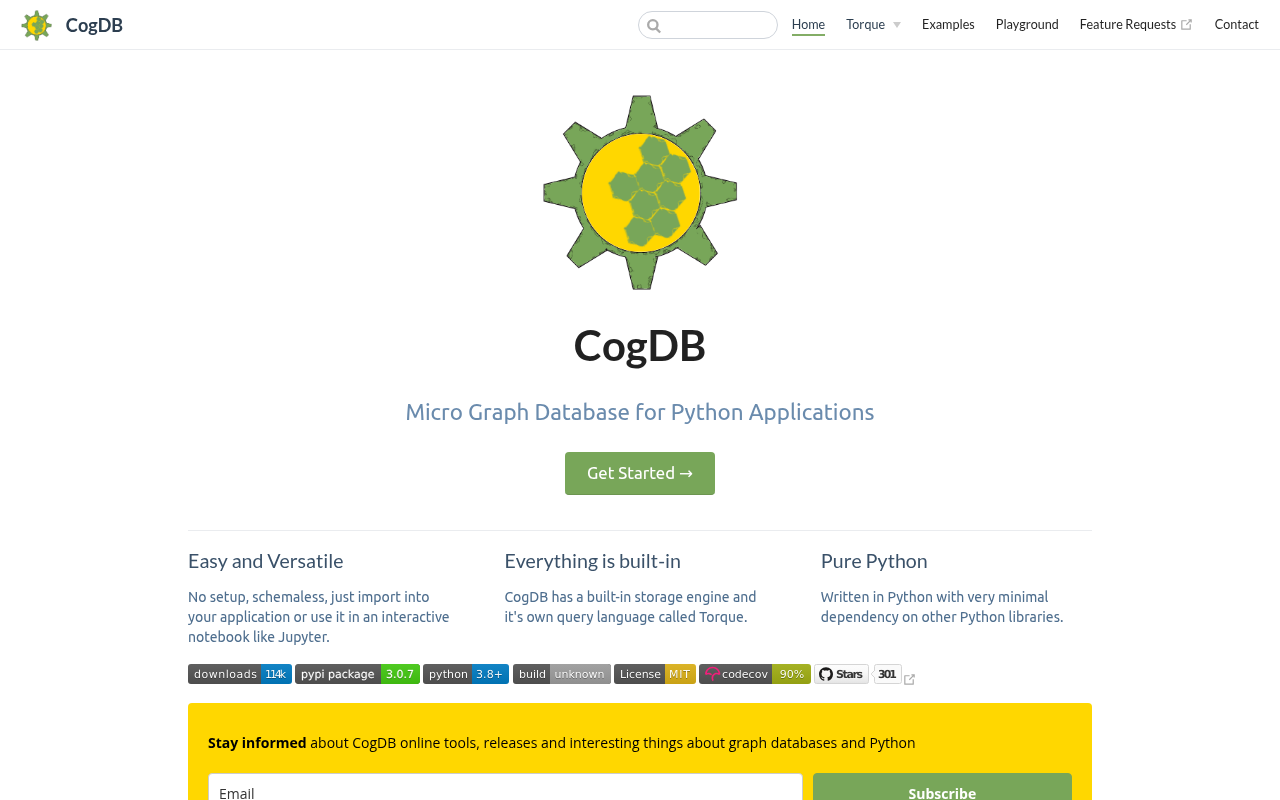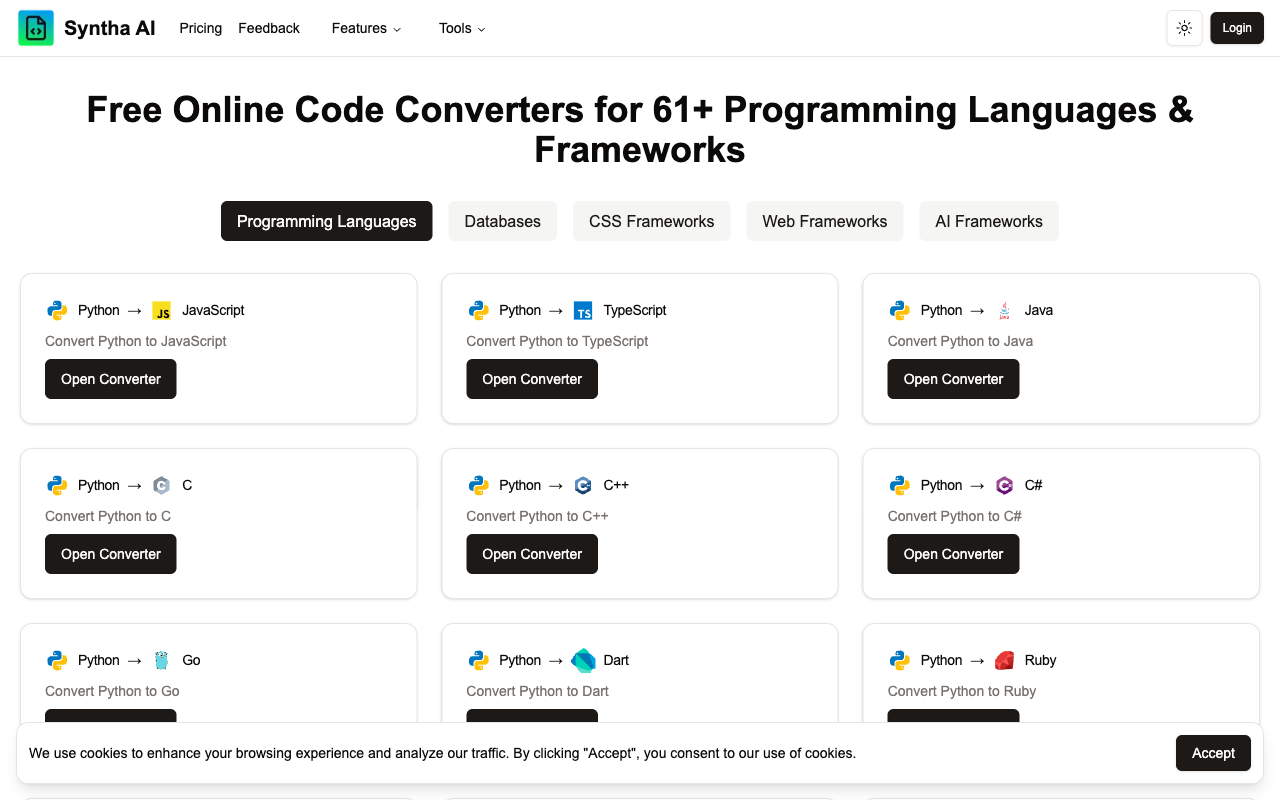
Orbit is the first general-purpose CSS framework designed for building radial or circular UI!
Visit SiteOrbit is a CSS framework that provides pre-designed, modular components for building responsive and interactive web pages. It was created to simplify the process of creating custom interfaces without requiring extensive knowledge of HTML, CSS, or JavaScript.
Here are some key features and benefits of using Orbit:
Key Features:
- Modular design: Orbit's components are designed as individual modules, making it easy to swap out or combine them as needed.
- Responsive design: All components are responsive and work well on various devices and screen sizes.
- Customizable: Each component can be customized with a range of options, including colors, typography, and layout.
- Accessibility: Orbit's components are designed to be accessible and follow WAI-ARIA guidelines.
Benefits:
- Time-saving: By using pre-designed components, you can save time on development and focus on other aspects of your project.
- Consistency: Orbit ensures consistency in design and layout across different components, making it easier to maintain a cohesive look and feel for your website or application.
- Easy debugging: With Orbit's modular design, it's easier to identify and debug issues, as each component can be isolated and tested independently.
- Community support: The Orbit community provides ongoing support, including documentation, examples, and a forum for discussing any issues or concerns.
Getting Started with Orbit
To use Orbit in your project, you'll need to include the CSS file (orbit.css) and optionally the JavaScript file (orbit.js). You can do this by adding the following lines of code to your HTML file:
<head>
<link rel="stylesheet" href="path/to/orbit.css">
</head>
Or, if you're using a CDN:
<head>
<link rel="stylesheet" href="https://unpkg.com/@zumer/orbit@latest/dist/orbit.css">
</head>
For more information on how to use Orbit and its components, check out the official documentation and examples.
Related Tools

cogdb
A Persistent Embedded Graph Database for Python Applications

Stanza
Ship better code, faster.

Free Online Code Converters for 61 Programming Languages & Frameworks
Convert your code snippets from one language to another with our free online code converters. Supports a wide range of programming languages and frame...